If it is true that President William Ruto presided over a meeting where it was resolved that politicians from his Kenya Kwanza coalition organise civilian resistance to the demonstrations called by opposition leader Raila Odinga, the stage is being set for a bloodbath.
It is the height of criminal irresponsibility for the government to abdicate its role as the guarantor of safety and security for all and pass on the task to violent, unregulated mobs. That is the beginning of a dangerous descent into anarchy, lawlessness and government of thugs, by thugs, for thugs.
One may argue that by Mr Odinga’s “violent” demonstrators deserve to be confronted by equally violent government supporters. That is the logic of those who are blind to the lessons of history. In the wake of the disputed 2007 elections, Kenya tipped perilously close to the precipice as the State lost control and allowed citizens, some organised and armed by politicians, to butcher one another.
President Ruto and his predecessor at State House, Uhuru Kenyatta, were among six leaders hauled before the International Criminal Court (ICC) to face charges of crimes against humanity. They were eventually freed—not because they were found innocent but rather on technicalities and extremely puny prosecution cases.
Mass murder, especially where the State become complicit and, therefore, unable to play its role as protector and defender of citizens, is a road we must never again travel. Let us never forget that the seeds of the 2007 violence were sown much earlier, when then then-President Daniel arap Moi in 1990 employed civilian militias in a vain attempt at protecting his one-party dictatorship from the campaign for democracy and human rights.
By arming, funding and deploying warlords and ethnic criminal gangs to defend his regime, Moi created a monster that remains a threat to national peace and stability to this day. President Ruto may well be a keen student of Moism, but times and circumstances have changed. The days of leadership that employed brute force to remain in power rather than the legitimacy of popular mandate are long gone.
Having won an electoral victory last year, albeit narrow and disputed, Dr Ruto was duly sworn into office as the President of the Republic of Kenya. He has full control of the levers of State and, at his command, all the instruments needed to maintain law and order, protect life and property, and deal, lawfully, with any threat to peace and stability.
Resort to thugs and criminals
If a president has to resort to thugs and criminals to confront thugs and criminals on the other side, it can only mean that he has no faith in, or has lost control of, the lawfully established security organs. He would be creating a Frankenstein, which could be impossible to contain once it has tasted blood. It would eventually turn around and bite its master.
No president who is sure of himself, confident that he is on the right path and certain of his legitimacy and popular mandate, would even dare contemplate that dark regression into terror and anarchy.
Now, it is true that the protests called by the Azimio la Umoja coalition are veering dangerously close to anarchy. They could even accurately be termed as an attempted insurrection if the extremist rhetoric coming out of the mouths of Mr Odinga and his key allies is anything to go by.
There is plenty of talk about peaceful protests, which are guaranteed by the Constitution, but it is evident that Mr Odinga is unable or unwilling to restrain supporters bent on violence, robbery, looting and destruction. Neither is he able to secure his protests from opportunistic criminal elements taking advantage of the situation to go on the rampage or infiltration by thugs sponsored by his rivals to cause havoc.
In that regard, Mr Odinga must give careful thought to the consequences of his campaign. If he does not want blood on his hands, it is in his best interest to step back and suspend the latest wave of protests scheduled to run for three days straight starting tomorrow. At least until he has the organisational structures in place to ensure peaceful marches and orderly conduct.
Ultimately, however, it is the government that is charged with maintenance of law and order. Should the protests happen, it is the duty of the government to act firmly and decisively against those who may turn violent. But—and this is what matters—only through the formal security agencies, who must also act strictly in conformity with the law.
There must not again be room for teargas, batons and bullets aimed at those simply exercising their constitutional rights. The police must also act firmly against criminal elements who may be deployed to disrupt the protests.


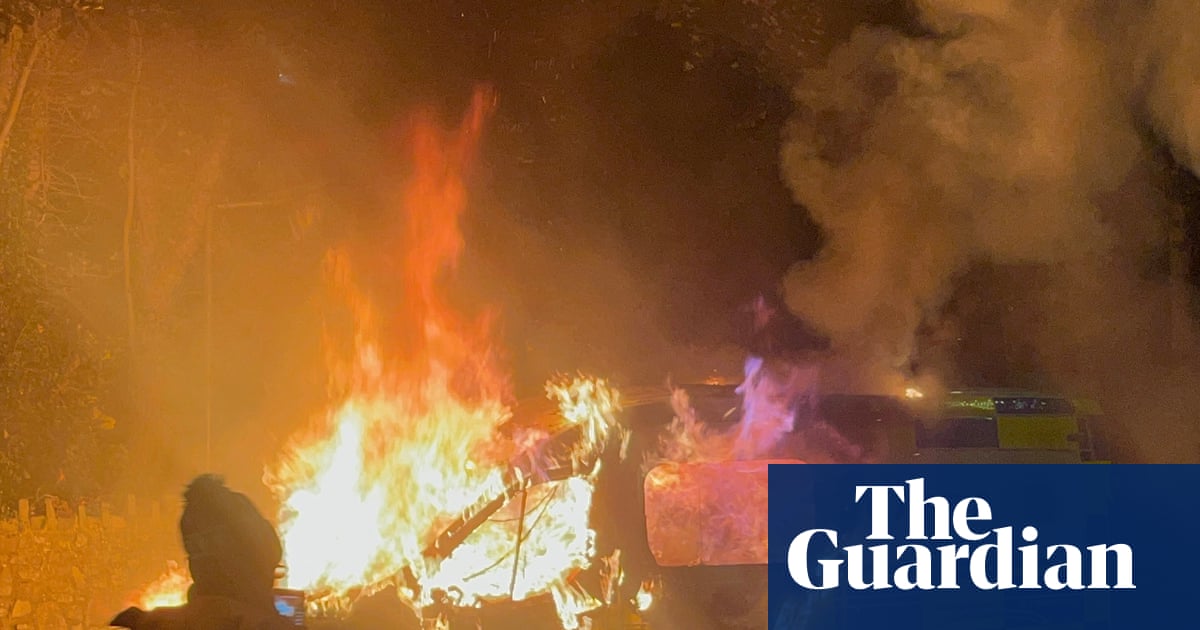
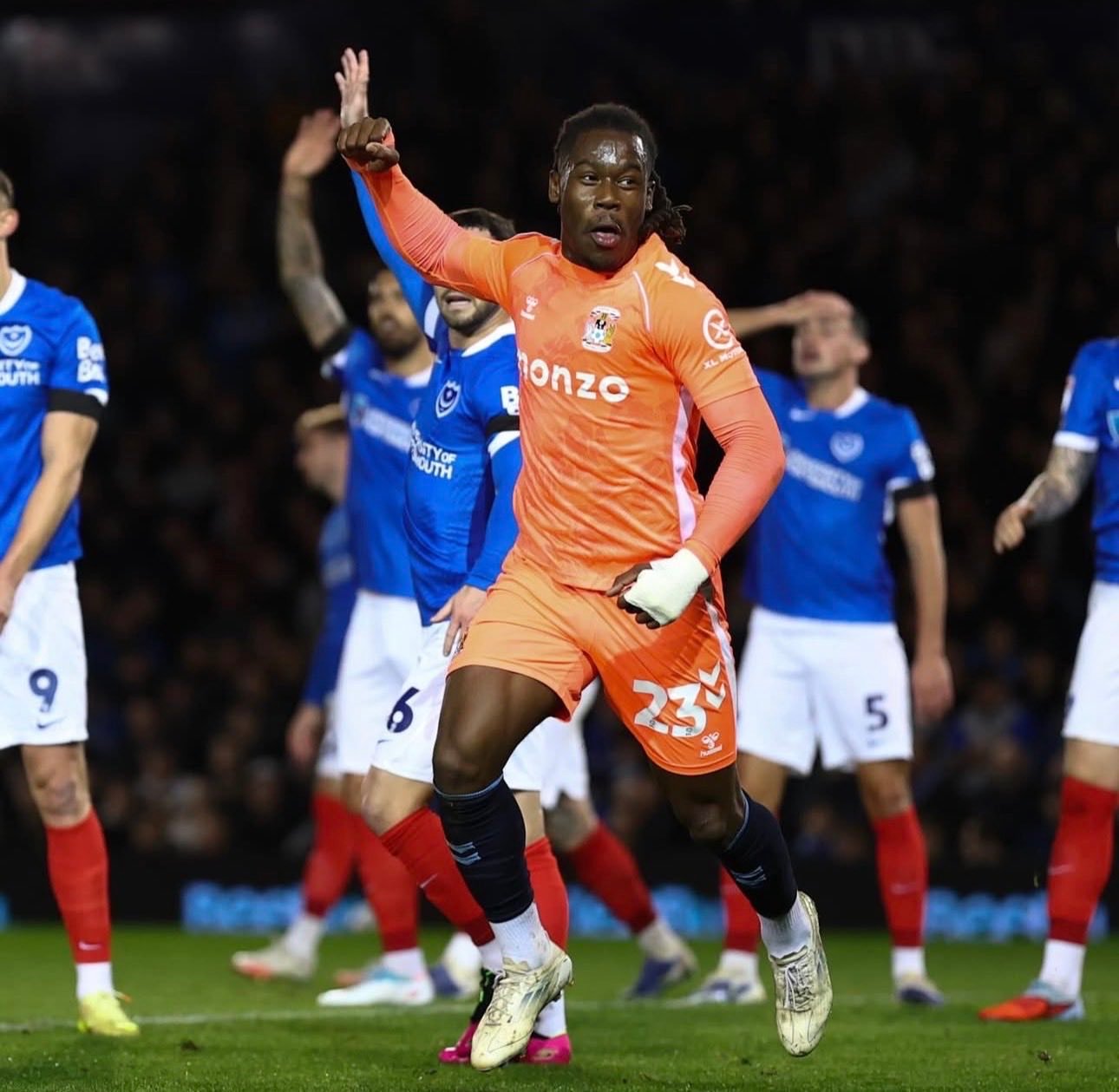

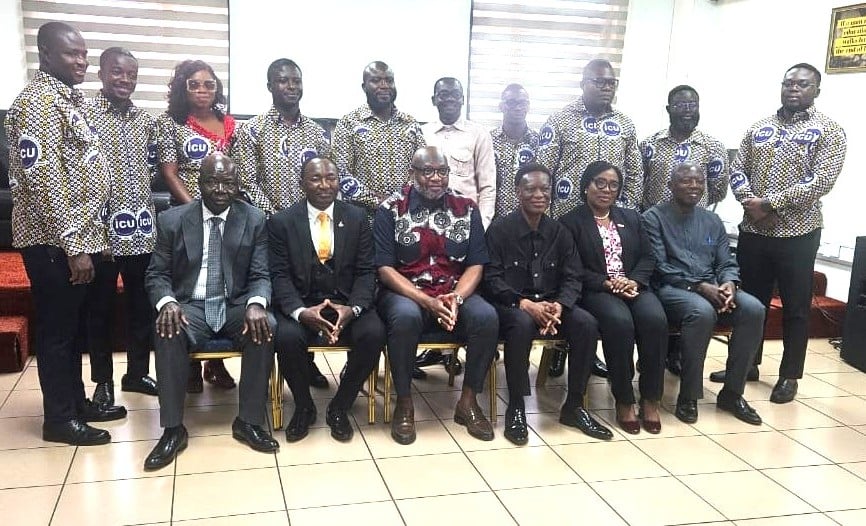
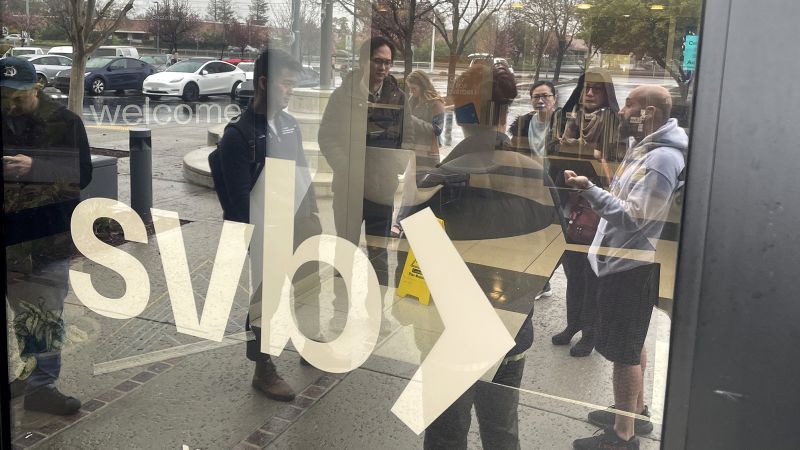
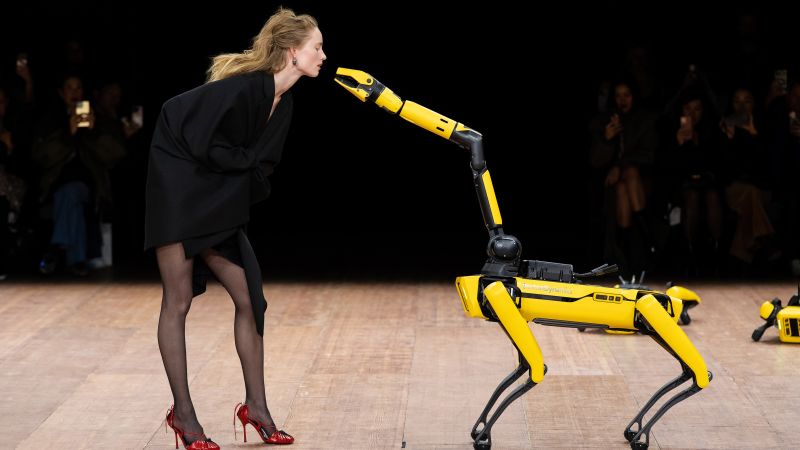
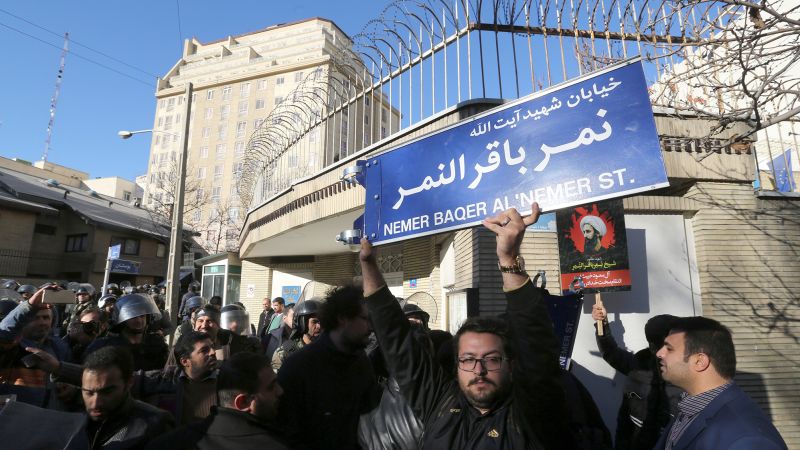
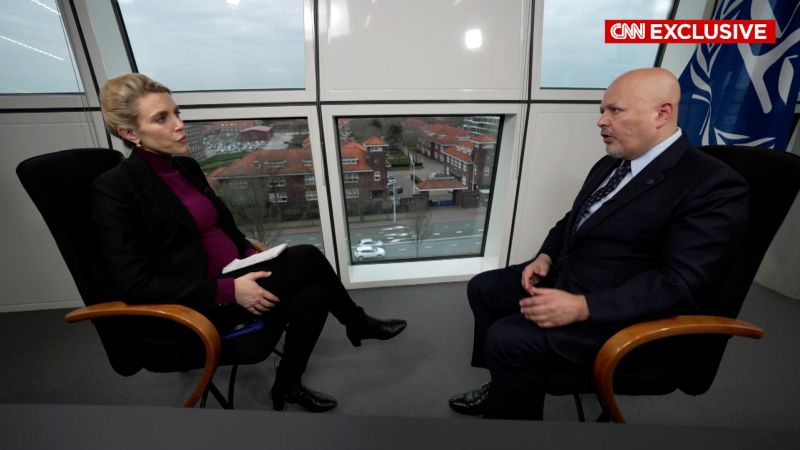
 English (US)
English (US)